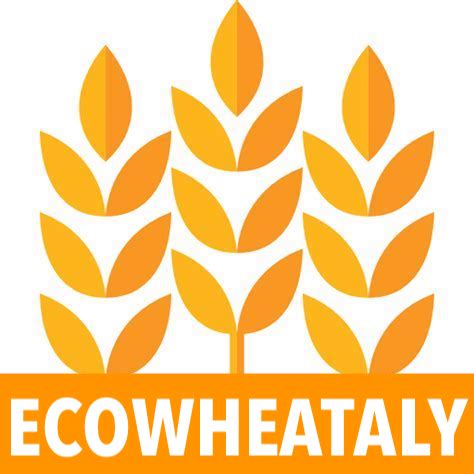Wheat as a tool of power
Wheat is not just nourishment: it is also pure geopolitics. From Mesopotamia to modern wars, controlling wheat has always meant controlling peoples and armies. Not by chance, historian Fernand Braudel once wrote that “whoever has bread holds power.”
Wheat provides food for more than 2.5 billion people and supplies about 20% of global calorie intake. In times of war, it becomes a strategic weapon: those who have it can impose conditions, those deprived of it risk famine and social unrest.
From the Roman Empire to naval blockades
As early as the Roman Empire, control of wheat routes from Egypt to the Mediterranean was a matter of political survival: any disruption could spark revolts in Rome.
In the 20th century, during the two World Wars, wheat was central:
- In Germany, the British naval blockade (1914–1919) caused cereal shortages and contributed to widespread malnutrition.
- In the 1940s, Operation Barbarossa aimed not only at military conquest but also at seizing Ukraine’s fertile “black soils,” rich in cereals.
The wheat cold war
During the Cold War, wheat was a tool of diplomacy. The USSR, a major producer but also a massive importer in years of poor harvests, depended on U.S. exports. The famous 1972 “grain deal” between the United States and the Soviet Union showed how wheat trade could be wielded as political leverage.
Ukraine and the contemporary “wheat war”
The Russian invasion of Ukraine in 2022 brought the issue back to the forefront: Ukraine is one of the world’s largest wheat exporters, and the blockade of Black Sea ports endangered the food supply of millions in the Middle East and Africa.
The Black Sea Grain Initiative, mediated by the UN and Turkey, temporarily reopened maritime corridors, but ongoing tensions revealed how wheat is used as a weapon of geopolitical pressure.
According to the FAO, the countries most affected by the blockade included Egypt, Lebanon, and Yemen, heavily dependent on Ukrainian and Russian wheat. The result? Skyrocketing prices and the real risk of social unrest.
Hunger as a weapon of war
It’s not only about trade blockades. In many conflicts, food itself has been deliberately weaponized:
- In the 1980s, during Ethiopia’s famine, control of food aid was part of military strategy.
- Today in Yemen and Sudan, the destruction of wheat fields and silos is used to weaken populations.
The United Nations recognizes that depriving civilians of food can constitute a war crime.
Wheat as a key to peace
If wheat can fuel conflicts, it can also foster peace. History shows that grain agreements often paved the way for political detente: from the U.S.–USSR “grain deal” to the Ukraine–UN export agreements.
Today, many experts argue that food security must become an integral part of peace negotiations. Ensuring stable access to wheat means reducing the risk that hunger becomes a spark for new wars.
Conclusion
Wheat has always been much more than a cereal. It is political energy, a diplomatic weapon, a tool of coercion or cooperation. In the 21st century, with a growing global population and globalized markets, its importance as a strategic resource is only increasing.
Understanding the role of wheat in past and present wars helps us better read today’s crises and imagine more resilient peace strategies. Because in the end, whoever controls bread also controls the future.
Sources:
- FAO (2022). The importance of Ukraine and the Russian Federation for global agricultural markets and the risks associated with the current conflict.
- Clodfelter, M. (2002). Warfare and Armed Conflicts: A Statistical Reference to Casualty and Other Figures. McFarland.
- Lemoine, M. (2023). Weaponizing Wheat: The Geopolitics of Food Security. Journal of Peace Research, 60(4), 565–579.
- United Nations (2018). Security Council debates famine as a weapon of war.

